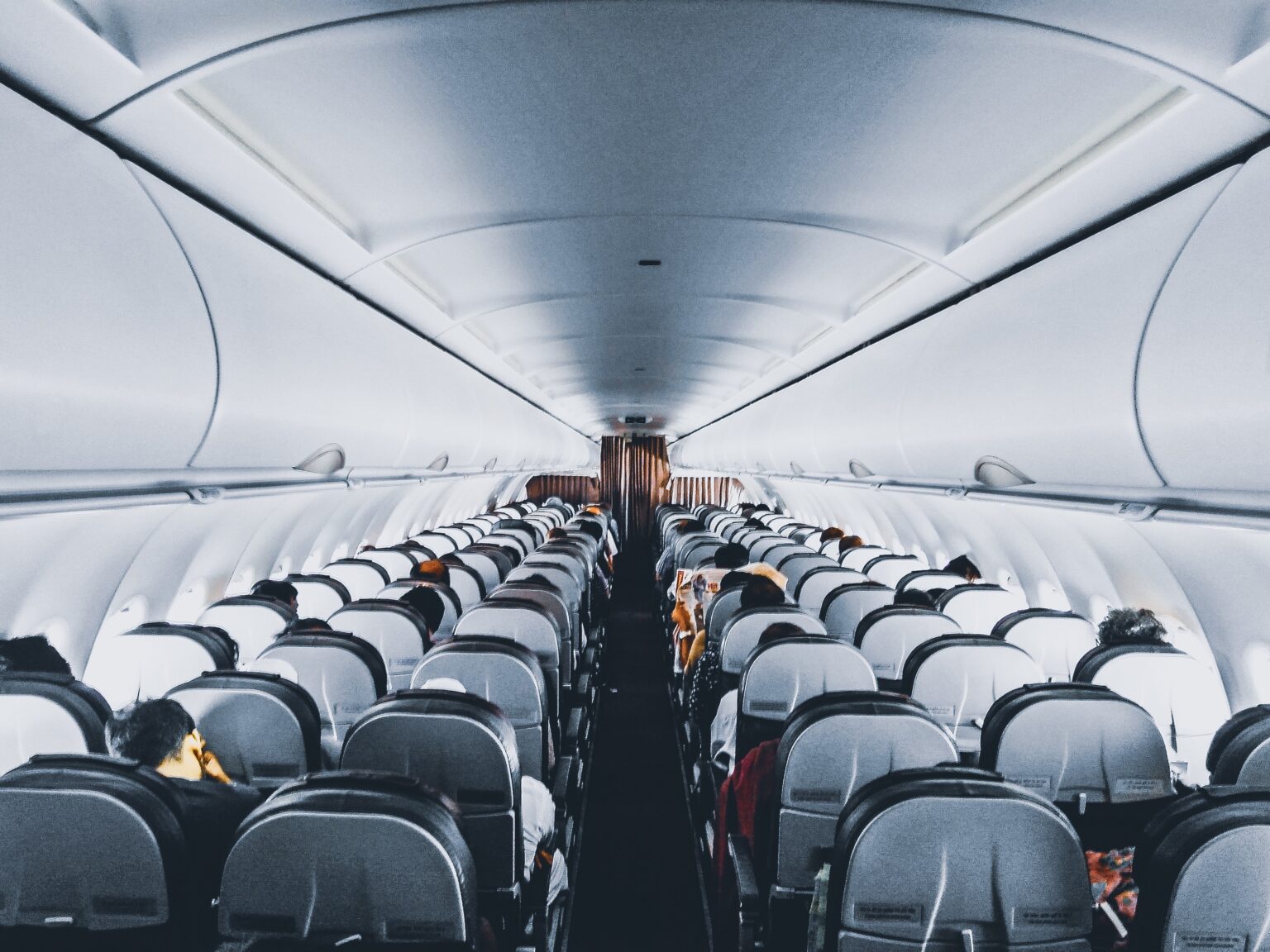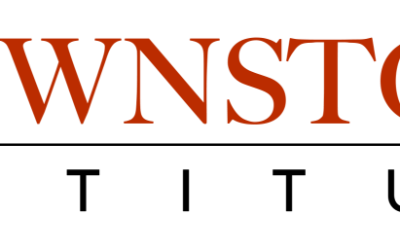Most travel chatter focuses on the “new norm.” Whether it is proof of vaccination, masking requirements, travel restrictions, or negative PCR tests are we actually seeing a new norm in terms of travel?
Based on the number of airline passengers passing through Calgary International Airport (YYC) and Edmonton International Airport (YEG) it appears air travel is on the rebound and returning to a normal pattern.
Ordinarily, the number of airline passengers (on all flight types) spike in the month of August and dip in February/November. This pattern has repeated itself for 20 years pre-pandemic (pre-2020).
Between 1999-2019 the average monthly low was 1.3M passengers and the average monthly high was 1.8M passengers. Over the last 5 years, pre-pandemic (2015-2019) the average monthly low and high ranged between 1.8M to 2.4M passengers.
However, in 2020 this consistent pattern was significantly disrupted. The number of passengers reduced significantly with most passengers traveling in January 2020 and the least passengers traveling in April, largely attributed to government lockdown measures and travel restrictions.
Airline Passengers (All flight types)
| Jan | Feb | Mar | Apr | May | Jun | Jul | Aug | Sept | Oct | Nov | Dec | |
| 2020 | 1.9M | 190k | 114k | 89k | 108k | 198k | 404k | 510k | 443k | 451k | 385k | 384k |
| 2021 | 339k | 253k | 300k | 291k | 256k | 433k | 903k | 1.3M | 1.1M | 1.0M | 1.0M | n/a |
Source: Alberta Economic Dashboard
In 2021 it appears the old pattern has returned. With August 2021 having the most airline passengers (1.3M) and February having the least (253k). While the pattern appears to have returned, note that the number of airline passengers is significantly less than that in pre-pandemic times.
The pattern has returned but what about the volume moving forward into 2022?
With the rapid spread of the highly transmissible Omicron variant, Ottawa is advising Canadians to avoid non-essential travel and cancel their trips outside the country, forcing many Albertans to make the decision between traveling or canceling travel plans.
While the government’s focus is on the macro perspective dealing with case counts and healthcare capacity, Albertans face a more closer-to-home problem, that is, canceling travel plans and possibly losing non-refundable deposits/fares. Travel against the government’s advice and risk contracting Omicron or losing hundreds or thousands of dollars? Needless to say, most Albertans are likely to choose to travel rather than forgo the money they have paid.
Moving forward into 2022, there will likely be a continuation of new variants and government restrictions to battle them. So long as the government (or health organizations like the WHO) continues to lack the ability to model and predict successive COVID waves, ensure adequate vaccination, continue with an inflexible healthcare system, and continue on issuing flip-flopping travel policies, people will increasingly continue to plan and live their lives despite the pandemic. The end result is that government recommendations will lose weight and authority in Albertans’ decision-making process.
The patterns of airline passengers will remain normal (as in pre-pandemic times), however, it will most likely not return to the same pre-pandemic volumes any time soon. The reactions by governments to COVID on the airline industry may have caused a systemic volume change rather than a temporary setback.



